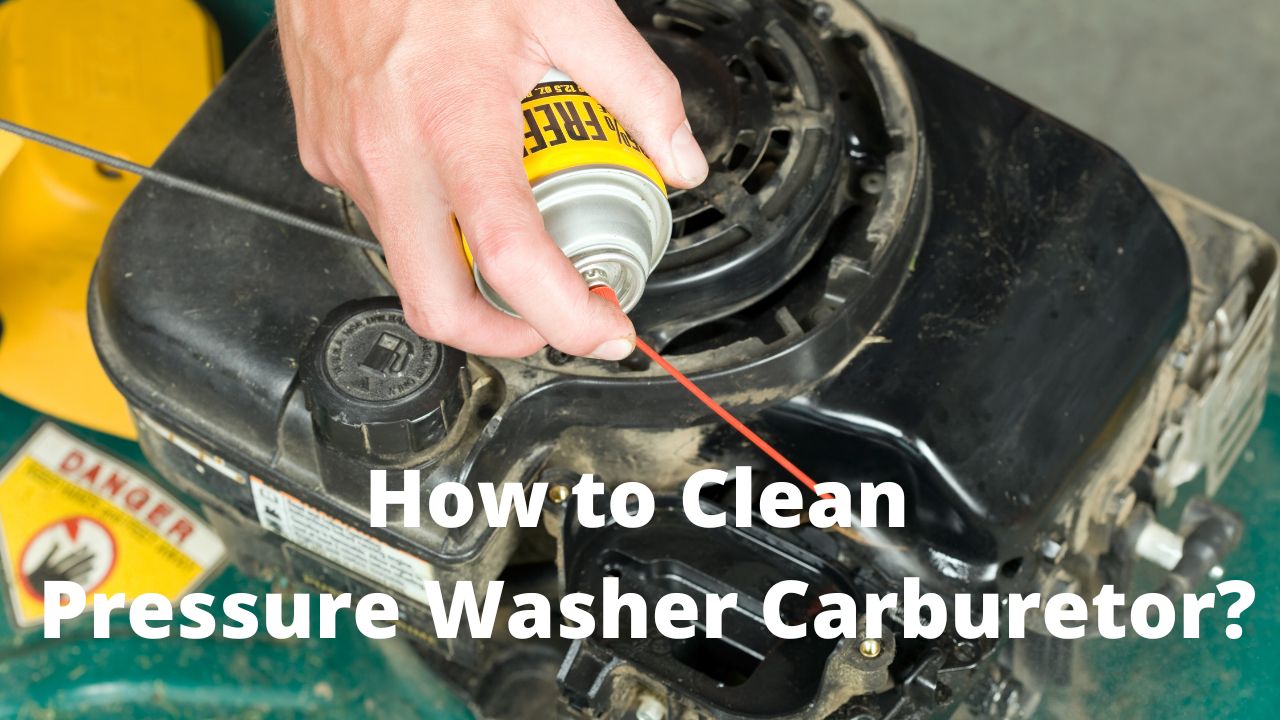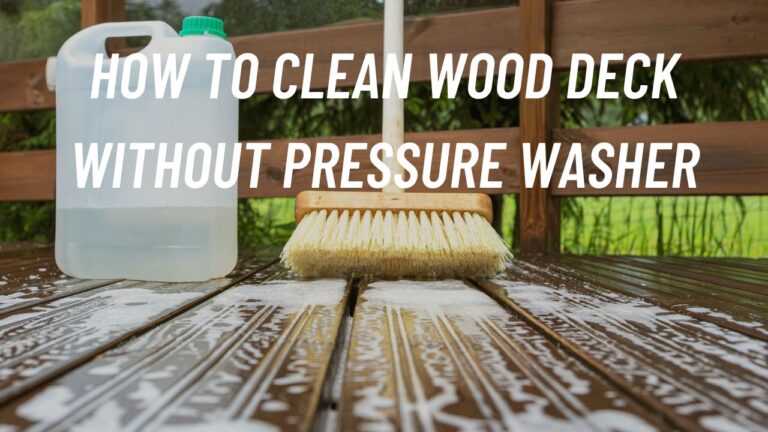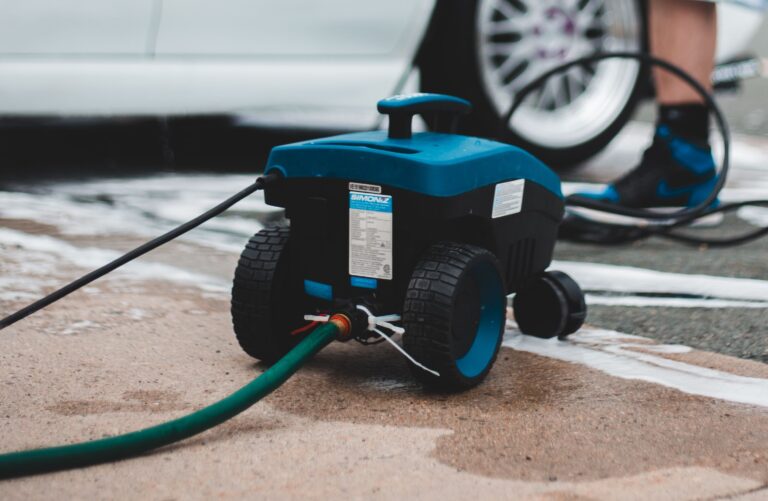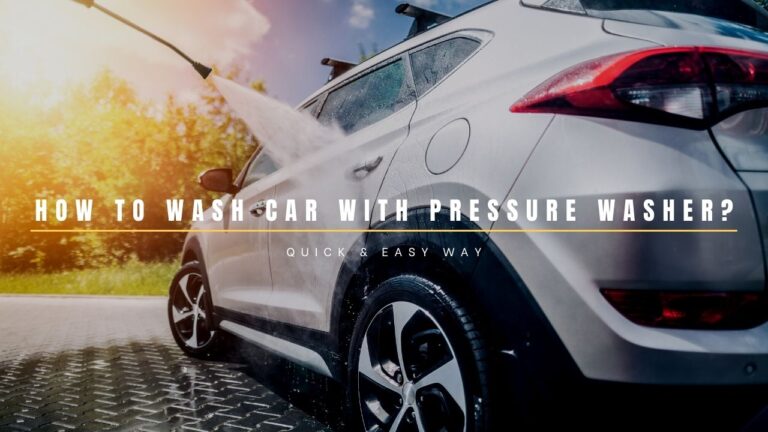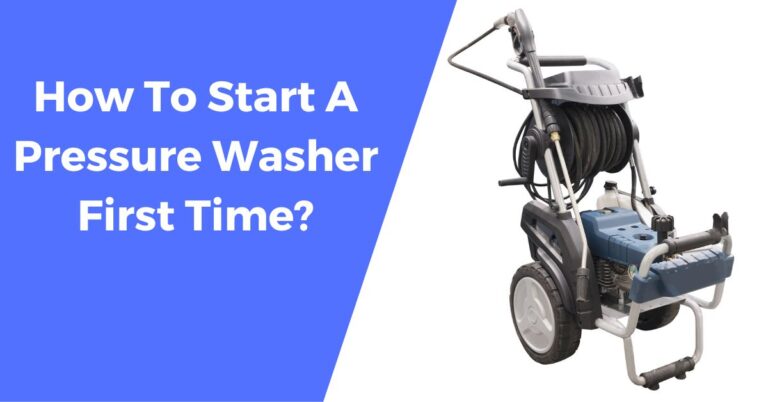How to Clean Pressure Washer Carburetor? Step By Step Guide
The carburetor in your pressure washer functions much like the blood in your body does. Your blood mixes food particles with oxygen and sends that to different organs in your body to ensure they receive the energy and nutrition needed to function.
A vacuum created on the piston’s downstroke draws fuel into the carburetor. As air accelerates through the Venturi, it creates a low-pressure area as the velocity of intake air increases.
This rapid acceleration causes the air and fuel to mix and vaporize as the carburetor mixes fuel vapor and air, delivering it through the fuel delivery system so the motor can operate.
During regular operation, your carburetor can get dirty, affecting its function. You’ll learn how to clean the pressure washer carburetor to keep it running at its best.
Steps to Clean Pressure Washer Carburetor
You must follow ten simple steps to pressure wash your carburetor correctly.
- Take the spark plug cap off – you don’t want to start the engine when you clean the pressure wash carburetor. You’ll need to turn the pressure wash fuel valve on as well.
Ideally, you want to learn how to clean a pressure washer carburetor without removing it.
- Drain your gasoline – this step is crucial since you can set your car on fire if you don’t drain the gas from your car first. You drain the gas by unscrewing the bottom of your carburetor. Even when thoroughly drained the carburetor, your work is not yet finished.
You need to check the gasoline for a smooth consistency. Also, look for rust, old and sticky gasoline, and corrosion fragments.
- Spray the inside of the carburetor – spray the interior with a carburetor cleaner. Wipe the inside of the bowl until it’s clean and dry!
- Unscrew the jet – hint, don’t use a Phillips head screwdriver for best results. You will have greater and easier access to the carburetor if you do this. Formulating a plan for examining it after unscrewing the jet is best.
- Spray the jet channel clean – You should use a specific spray to clean your jet tube since it is probably clogged. After using the spray, wait a few minutes before using a wire brush to clean the channel thoroughly. Whatever you do, please don’t make the hole in the channel larger when cleaning it out.
- Clean the other parts of the carburetor – spray the other parts of the carburetor to clean them thoroughly. Make sure to wipe the parts off thoroughly with a clean and dry cloth or towel.
You may want to Google how to clean a carburetor on the craftsman pressure washer. A craftsman pressure washer will allow you to clean your carburetor easier, faster, and more thoroughly.
- Clean the idle jet thoroughly – it’s the detachable part at the top of the carburetor. It’s sometimes made out of plastic. Make sure to clean it with spray and a wire brush thoroughly.
- Put the carburetor back together – the first step to putting the carburetor back together is to screw the primary jet back on. Then, you want to screw the other parts on.
- Connect the gasket to the carburetor bowl – ensure that the O-ring connects to the carburetor. The O-ring is the gasket, and it helps the carburetor function. You can connect the gasket by screwing the washer onto the carburetor securely. Never use excessive force when doing that.
- Ensure that there is no gas around the carburetor bowl – it’s essential to ensure that the outside is immaculate. You can test the carburetor bowl by turning the fuel valve on before you start your car.
How To Clean Pressure Washer Carburetor Detail Video?
Signs that Your Carburetor is Clogged
These are signs that you shouldn’t be ignoring. If you are facing the following problems with your carburetor, contact someone professional.
- Your carburetor makes popping and sneezing sounds – it means that the carburetor isn’t mixing gas fumes and air correctly. It can start a fire in your engine. The popping noise indicates that there aren’t enough gas vapors in your carburetor. Note that you can damage your chamber if you don’t have your carburetor fixed immediately.
- Your carburetor is leaking – your carburetor is clogged if it’s leaking gas.
- Your pressure washer won’t start – your carburetor isn’t working right. That generally happens when the carburetor is clogged.
- Your pressure wash takes longer to start – if your pressure washer takes longer to fire, your carburetor needs to be cleaned.
- Your pressure washer’s exhaust pipe emits black smoke – no, that’s not a sign of average emissions. If your pressure washer’s exhaust pipe sends out black smoke when you start, your carburetor needs a thorough cleaning.
Why You Need a Clean Carburetor
Perhaps you don’t believe your carburetor has to be pressure washed. Preventative maintenance is a reason to keep your pressure washer running at its best. Your engine will thank you since it requires the proper air-fuel mix ratio to operate optimally.
Conclusion
Now that you know how to clean a pressure washer carburetor, you don’t have to pay a mechanic a lot. As discussed in this article, the exception will be if your carburetor has mechanical issues. Read More about your pressure washer problems at projectpressurewash.com
Frequently Asked Questions
- How do I clean a carburetor on a pressure washer?
Please read the steps mentioned above and follow them precisely and thoroughly.
- Can you clean a carburetor without removing it?
Yes, you can. All you need is a specialized spray to coat the carburetor’s interior and exterior while it’s still installed in your pressure washer’s engine. Then, clean the inside with a clean and dry cloth and the outside with a wire brush.
- What is the best way to clean a carburetor?
Clean the air filter, remove the carburetor and all associated components, soak and clean each component thoroughly, rinse and dry the components completely, put the carburetor back together, and reinstall it on your engine.
- Can you use a regular WD-40 to clean a carburetor?
Yes, it’s safe and recommended to use on a carburetor.

